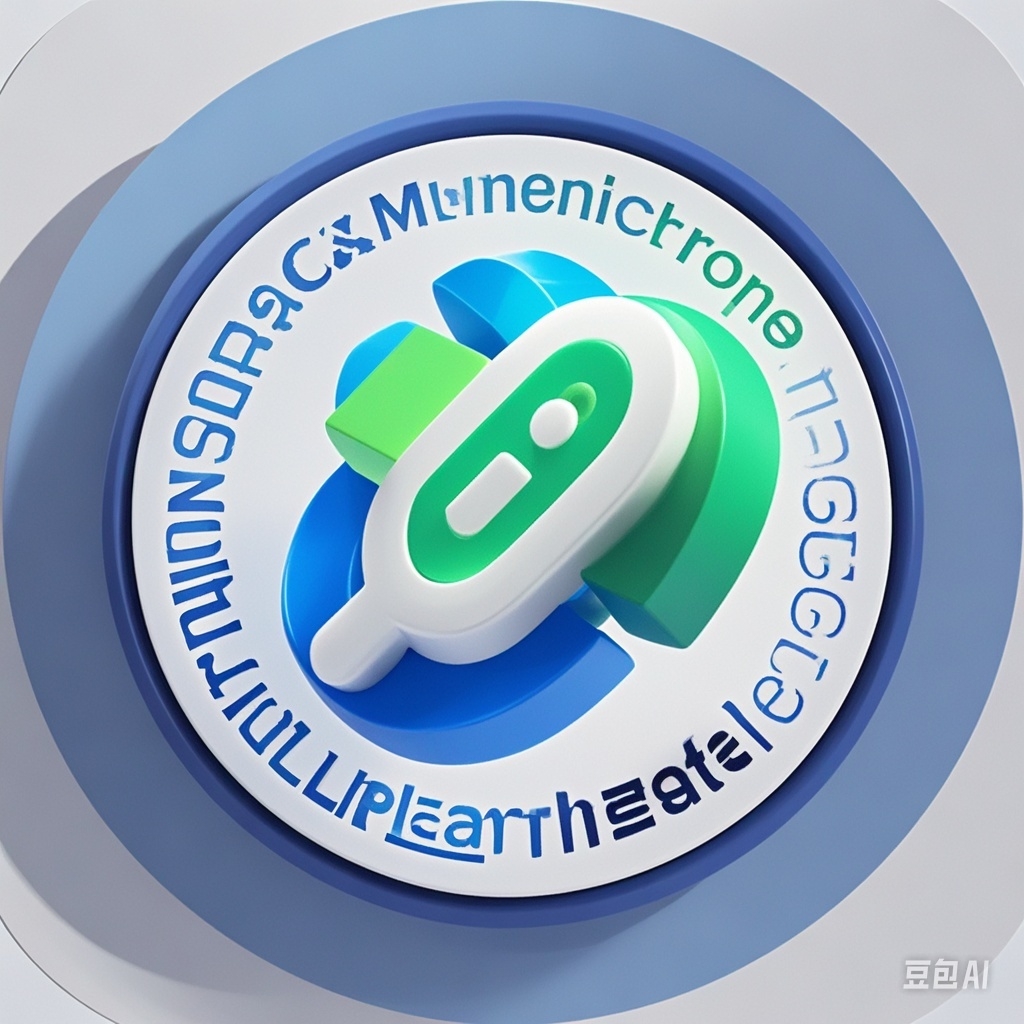获取结果失败,请稍后再试。

智能问答助手

结合文献知识库,保留通用大模型的能力,为您提供知识问答服务!
通用大模型
RAG知识库问答

Nontechnical Description:
This Major Research Instrumentation (MRI) award supports acquisition of an advanced direct write lithography (DWL) equipment. DWL is core to advancing semiconductor research in multiple key areas. Unlike traditional photolithography that requires expensive photomask fabrication first, DWL provides opportunities to write micro- to nano-scale features directly on photoresists on diverse set of planar and non-planar substrates that provides tremendous opportunities to accelerate research and education in these areas. This tool will have significant impacts at the regional (Southwest Ohio) and national levels. The tool will be located in a user-fees based, shared cleanroom microfabrication facility at University of Cincinnati that has diverse set of users from multiple colleges and departments, small and large businesses, other academic institutions, and research laboratories. University of Cincinnati is also leading semiconductor workforce development efforts called Ohio-Southwest Alliance on Semiconductors and Integrated Scalable-Manufacturing (OASiS) for Intel-Ohio fabrication plant. OASiS has 15 higher education partners, including community colleges and an HBCU, and offers Rapid Certification in Semiconductors to train Engineers and Technicians. The DWL tool will play a key role in these efforts that will train globally competitive workforce in STEM and semiconductors. The equipment will also be used for entrepreneurial activities in close collaboration with the Office of Innovation to promote start-ups in the region.
Technical Description:
The acquisition of the proposed DWL tool will enable fabrication of micro/nanostructures in 2D, 2.5D, 3D repeatably with capabilities of grayscale patterning, reconfigurable resolution, and backside alignment that will be core to high-quality research in the areas of Microelectronics, Semiconductors, Quantum Electronics, Photonics, BioMEMs, Vacuum Electronics, and Energy Harvesting devices. In the areas of Microelectronics and Semiconductors, the tool will enable integration of high-bandwidth non-volatile memories, aging and integrity monitoring sensors on Complementary Metal Oxide Semiconductor dies that will revolutionize Artificial Intelligence and Trusted Microelectronics. The tool will also allow us to develop Transition Metal Dichalcogenides based Field Effect Transistors (FETs) and phototransistors. In BioMEMs field, the tool will allow us to study the growth of neurons in various constricted structures, manipulation of their growth and regeneration leading to a better understanding of cortical circuits. In Vacuum Electronics, it will lead to the development of new Vacuum FETs for high-power RF applications. In the areas of Quantum Science, it will enable the development of new resonators, meta-materials, and study of spin-transport. Finally, in the area of energy harvesting, the tool will enable development of nanomaterials-based thermoelectric devices. Overall, this tool will enable multidisciplinary research and education in keys areas of the next generation of semiconductors and devices.
This award reflects NSF's statutory mission and has been deemed worthy of support through evaluation using the Foundation's intellectual merit and broader impacts review criteria.